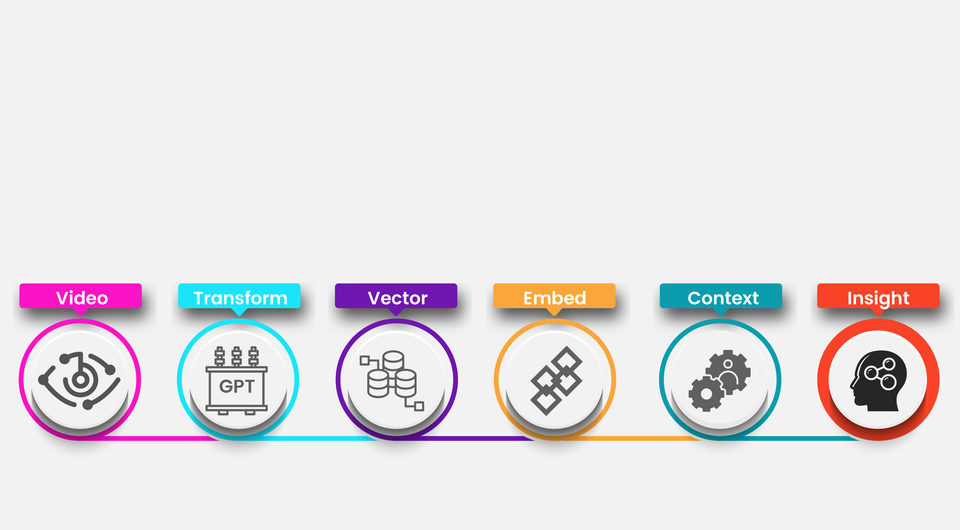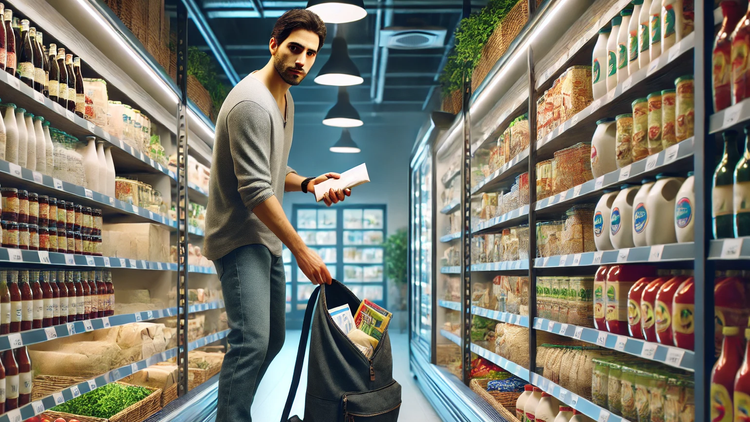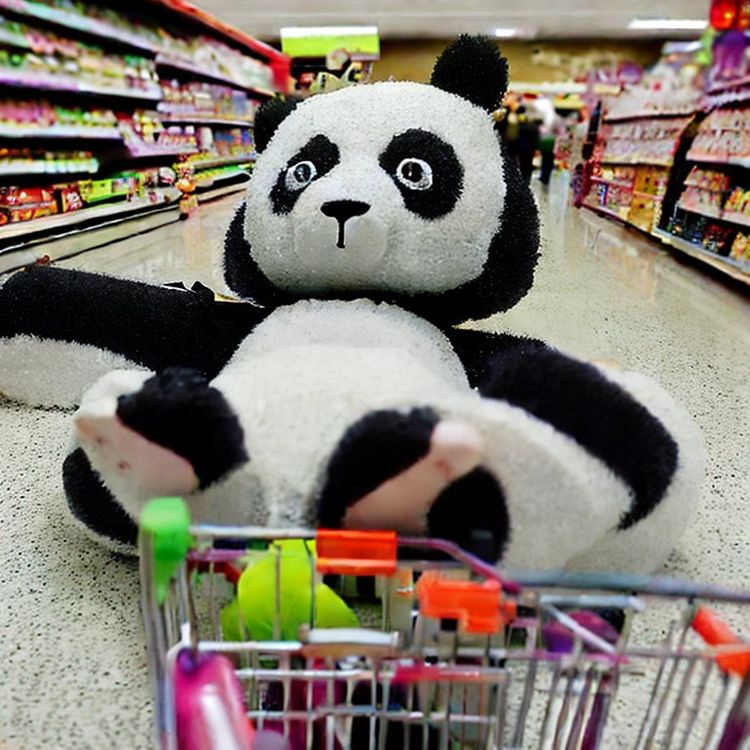How We Use Generative AI

For some time now, SAI has been using Generative AI to develop and hone our computer vision platform. Our aim in this is to provide our customers with:
- Unmatched levels of accuracy
- Exceptionally low time-to-value
- Fast coverage of edge cases and unusual behaviour
- Low energy requirements and running costs
That sounds cool - but what is Generative AI?
There are many different flavours of Generative AI covering a variety of applications. The technology we use is built on what are known as transformers. In essence, trans-formers convert one type of data into another.
The best known examples take a text prompt and convert it into a picture, like Stable Diffusion or Dall-E, or take a question and generate an answer, a la ChatGPT.
OK, but what does this have to do with running a retail store?
On the face of it, not very much. However, forget about the image generators and chatbots for a minute. Instead, think of all of the different roles within your organisation - store managers, buyers, facilities, loss prevention, merchandising and marketing managers, and on and on and on.
Each could look at the video from within the stores and peel off their own layer of data depending on their skill sets:
- Store managers might pick up uniform infractions and staffing deficits;
- Buyers might pick up on the gaps on shelves and availability issues;
- Facilities teams may notice the condition of floors or lighting;
- Loss prevention staff would be on the lookout for suspicious behaviour;
- Merchandising and marketing managers will want to be certain that promotional fixtures are up to date and that gondola ends are properly faced-up.
We have built a system that can automatically and simultaneously satisfy all of these needs.
Using pre-trained transformers, we take the source video feeds and skim off the information and insight that is relevant to each of these different interest groups. Essentially, we are transforming the input from the cameras into a live assistant, one which is able to provide vital updates and answer questions backed by the most up-to-date information you have available.

What are some hard and fast examples of how we can use this?
Ok - at the moment, most people know that we can instantly detect somebody trying to sneak products into their bag or clothing or leaving the store without paying for items. And we can also spot people mis-using self-service checkouts. This is incredibly valuable, but for us it is only a start. We are not limited to only a few use-cases. And we don’t think that you should limit yourselves either.
The world of computer vision really opens up when we flip this question around and ask you how you would like to use it. What is going to make your job more efficient? What insights might you need to make your stores safer and more profitable?
Think of all the questions that you might want to know the answer to at any given moment:
- “What percentage of stores have more than 100 customers in them right now?”
- “Which stores still haven’t put out the Christmas promotional fixtures?”
- “In the last month, how many times have stores in New York State successfully prevented a cart pushout?”
- “What percentage of customers scan an item once they have been prompted that they mis-scanned it?”
This is the direction that can only be delivered with a platform approach to computer vision technology using GENAI foundation like ours.




